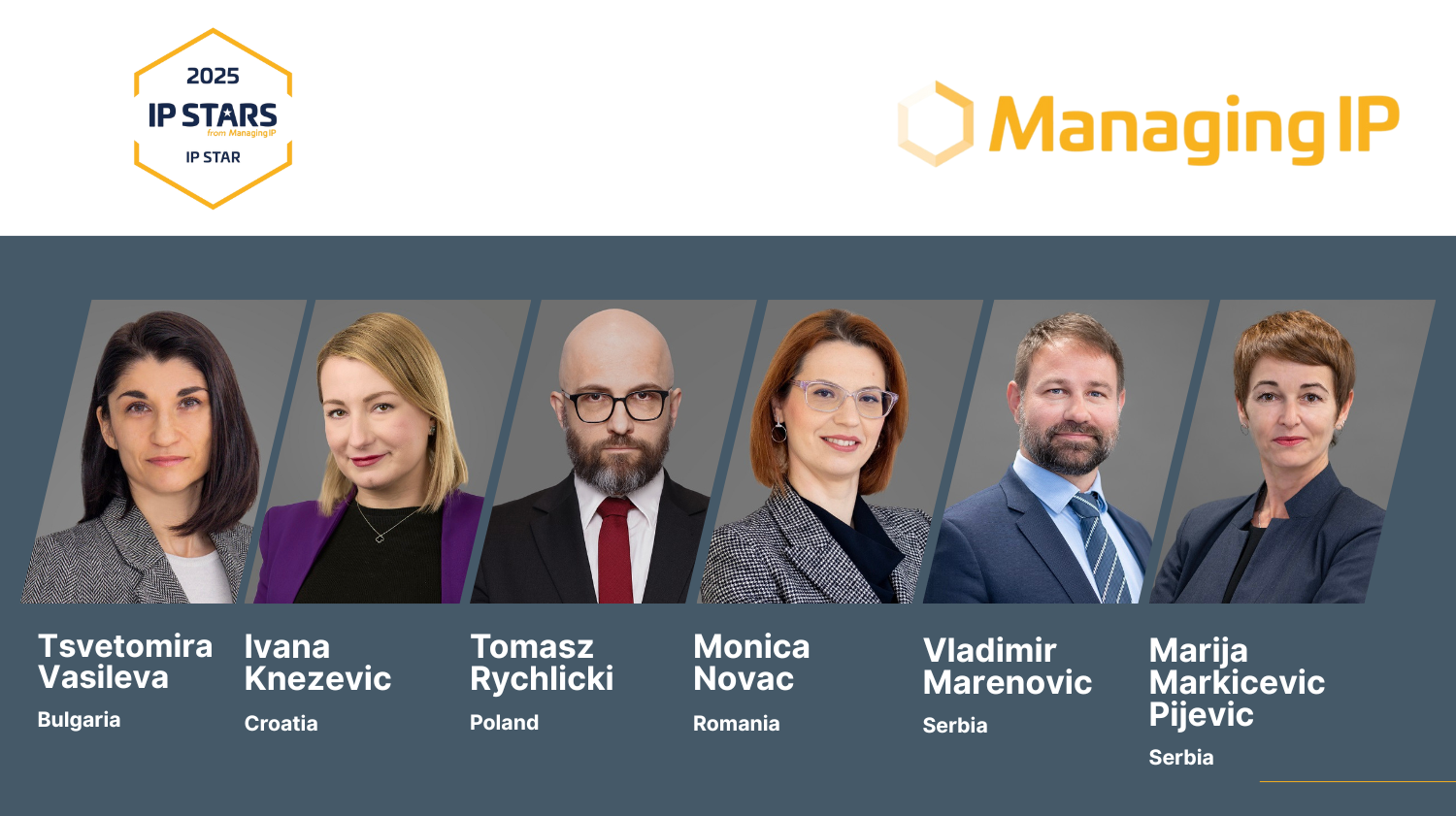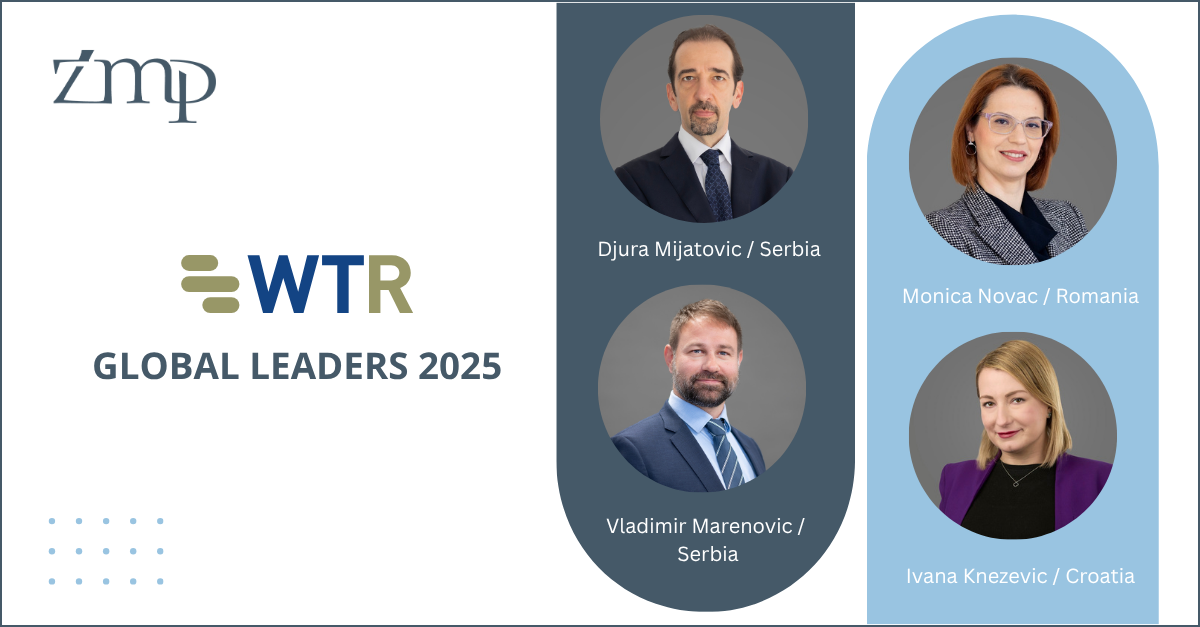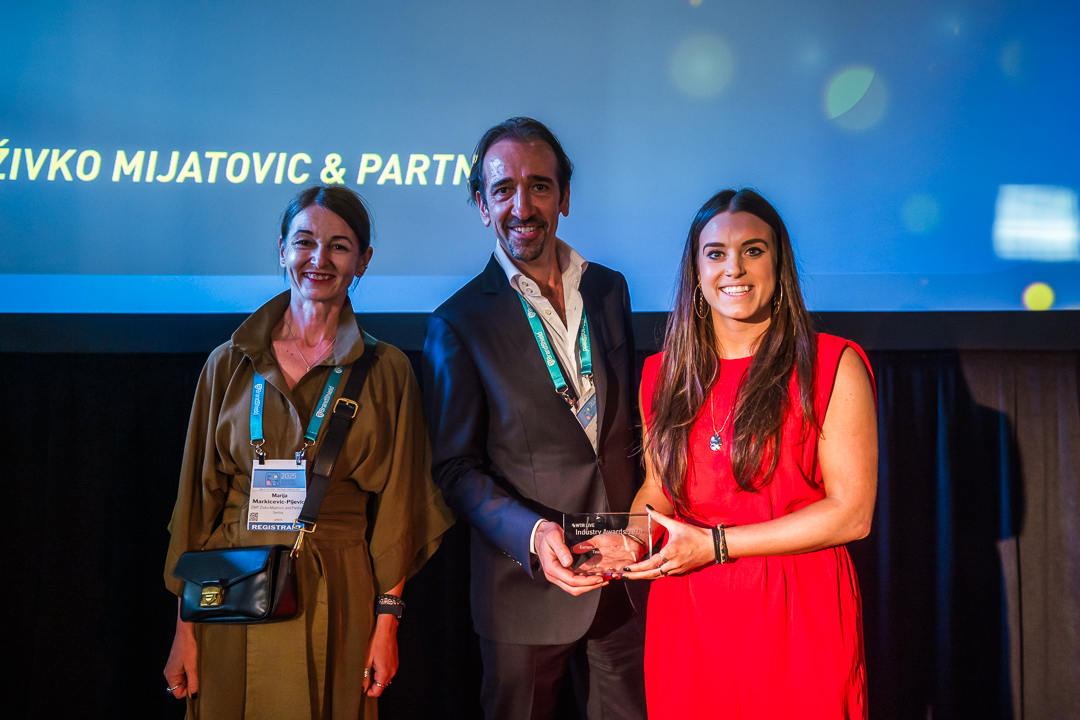The emergence of new technologies, such as Blockchain, and the phenomenon of NFTs and the Metaverse, raises questions of protection and enforcement of intellectual property rights in a new, virtual environment.
Special emphasis is put on trademarks, as they generate the greatest interest and business opportunities for the brand owners, at the same time presenting the biggest challenges. While we know that the basic function of a trademark is to identify the source or the origin of goods thus enabling consumers to distinguish goods or services of one company from goods or services of another company in the course of trade – these goods and services are now being commercialized in the virtual world.
How will brand owners use and protect their registered trademarks, how will they register new ones and prevent third party infringements in these new spaces? Simply put, how are they going to tackle the challenges which arise from trademarks registered in the traditional, real world for real goods and services being used for virtual goods and services?
Let’s start with basic definitions
- NFTs (Non-Fungible Tokens) are defined as digital assets, recorded in Blockchain technology, associated with an item of value that can be bought or sold – a unique piece of content on the Internet, such as an image, video, or audio file. As a unique unit of data, it cannot be copied, substituted, or subdivided, and is used to certify authenticity and ownership.
- Metaverse is the “sum of all virtual spaces”. It is defined as a virtual-reality space in which users, as avatars, interact with other users and a computer-generated environment. Basically, it is a simulation of the real world in which people participate as digital avatars. The term “Metaverse” is attributed to Neal Stephenson, who used it in the 1992 novel Snow Crash, as a compound of “meta” (Greek prefix meaning “after” or “beyond”) and “universe”. Most of us, however, first heard it in 2021 when Facebook rebranded to “Meta” and CEO Mark Zuckerberg said, “I believe the Metaverse is the next chapter for the Internet.”
Practical example
Let’s now use these terms to illustrate the issues on a practical example. A brand owner from the fashion industry has a trademark registered in Class 25 of the Nice Classification of Goods and Services which protects products – clothing, or to be more precise, “real” clothing. He wishes to expand his business to the Metaverse. In the Metaverse, however, clothing is a “virtual” version of the product, represented by an NFT.
Trademark protection does not automatically extend to the Metaverse and NFTs, and the European Union Intellectual Property Office (EUIPO) has taken the approach of classifying virtual goods as digital content that can be registered in Class 9 of the Nice Classification. However, both terms “virtual goods” and “NFTs” are not acceptable on their own and need further specification. Virtual goods must be specified by indicating the content to which the virtual goods relate (e.g. downloadable virtual clothing, handbags, jewelry). NFTs also need to be specified by indicating the type of digital item authenticated by the NFT (e.g. downloadable computer software in the nature of NFTs). Services relating to virtual goods and NFTs are classified in line with the traditional established principles, i.e., need to be clear and precise (e.g. Class 35 – retail services featuring virtual goods; Class 36 – financial transactions via blockchain; Class 41 – entertainment services, namely, providing online non-downloadable virtual clothing; Class 42 – providing virtual computer environment). Due to these requirements, we are looking at potentially enormous lists of applied goods and services, but classification will, in time, become more standardized, and, to this end, EUIPO is preparing new 2023 Guidelines for examination. When it comes to legislation, current provisions and principles are applicable in the Metaverse, provided changes in classification system and correct classification of goods and services. Naturally, as technology advances, the existing IP legislation needs to adapt, and trademark law is going to change and evolve accordingly. There are already several trademark disputes arising from NFTs, where we expect landmark decisions to provide directions for NFT-related trademark claims.
The growing interest of the brand owners in new trademark applications is well reflected in EUIPO’s statistics. Namely, there were 1 277 Applications using NFTs in 2021, 1 157 Applications using NFTs and 205 Applications using “Metaverse” in 2022 (by September). Brand owners are undoubtedly aware that they cannot rely on existing trademarks and need to update their trademark portfolios. Big players in the fashion, sports and entertainment industry are leaders in trademark re-filing.
Metaverse, while a huge opportunity for the brand owners for business growth and engaging new consumers, comes with a challenge to protect not only their assets but to protect the consumers as well. An effective protection and enforcement mechanism in the Metaverse is absolutely necessary and can be secured only by an adapted legal system. All brand owners need to re-evaluate their IP portfolios and filing strategies to be able to enforce their rights against any third-party infringements in the Metaverse, which will only continue to expand.
This article is to be considered as exclusively informative, with no intention to provide legal advice. If you should need additional information, please contact us directly.







